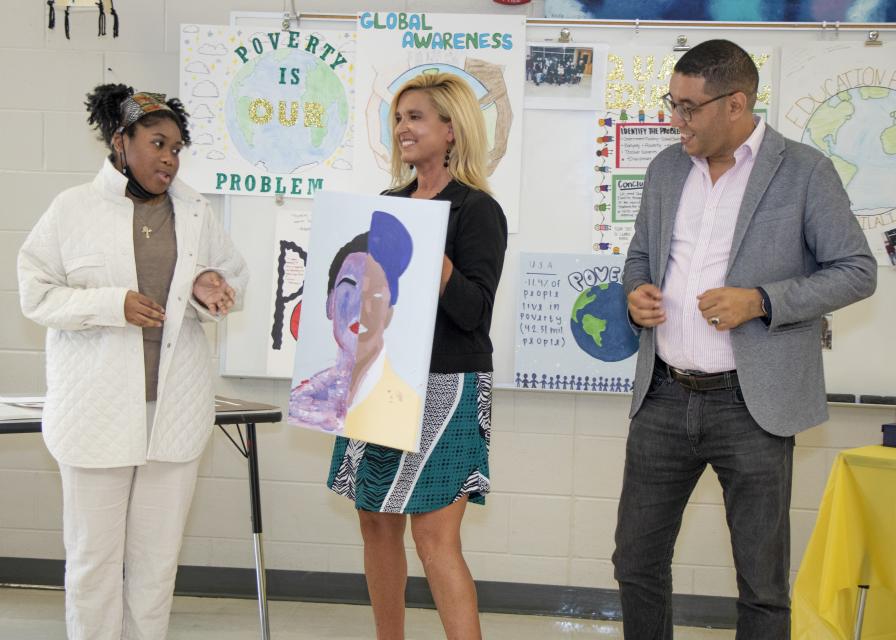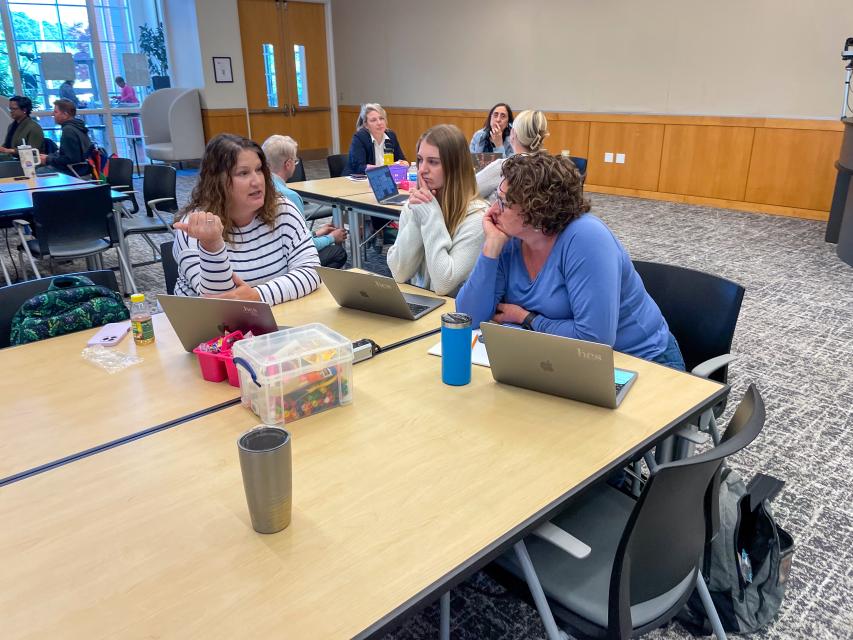When North Carolina students stroll across the stage at graduation, how many know that the world is waiting for them? The Office of Global Education at the North Carolina Department of Public Instruction (NCDPI) works to ensure every public school student graduates ready to live, work and contribute in an interconnected world.
More than 1,500 foreign firms call North Carolina home, including 515 that have announced new or expanding projects over the last 10 years, according to the Economic Development Partnership of North Carolina. That’s more than 66,000 new jobs that will need to be filled.
Whether students choose to work for these international companies here at home, make their way across the globe or work for American companies with international clients and coworkers, they’ll need language, cultural awareness and durable skills to be successful.
Here are three ways that public schools across the state are taking advantage of NCDPI’s global education resources and recognition programs to set students up for success!
Chatham County Schools: K-12 Dual Language Immersion Program
Six schools in Chatham County offer dual language immersion in Spanish. The first class of students who have participated in dual language immersion since kindergarten is graduating from Seaforth High School this spring. Here’s what senior Makenzy Lahew has to say about the program’s impact:
North Carolina leads the Southeast and is number five in the nation for the number of dual language immersion programs in public schools.
Onslow County Schools: A Global Ready District

In Onslow County, students graduate ready to compete with their peers not just across North Carolina or the nation, but from around the world.
Dr. Lisa Peele, director of Cultural Arts & Global Leadership for Onslow County Schools, said that becoming a Global Ready Model District requires training both educators and students to think beyond the classroom. Global competencies are deeply embedded into teaching, learning and district culture to prepare students to navigate an increasingly diverse world.
“It is about developing skills and applying to those skills to be globally competitive and ready for the workforce,” Peele said. “One of the most in-demand jobs in the next 10 years is projected to be truck drivers. What are we doing in our high schools? Are we thinking ahead to offer programs that prepare our students for those CDLs?”
Global Ready Districts (GRD) or Global Ready Schools (GRS) must have these key elements:
- Career-ready employer requirements and community connections across the district's schools
- Global school and/or district partnerships and classroom projects focused on thinking global and acting local
- K-12 world language opportunities for all of the district's students
- Local resolutions, strategic plans and teams supporting global education
- Pathways for educators in schools across the district to achieve the Global Educator Digital Badge (GEDB)
Institute on Global Perspectives

Last spring, NCDPI held its inaugural Institute on Global Perspectives at the Friday Institute in Raleigh. K-12 educators from across the state attended the professional development event to learn tools and strategies for integrating global perspectives and character education into their classrooms.

